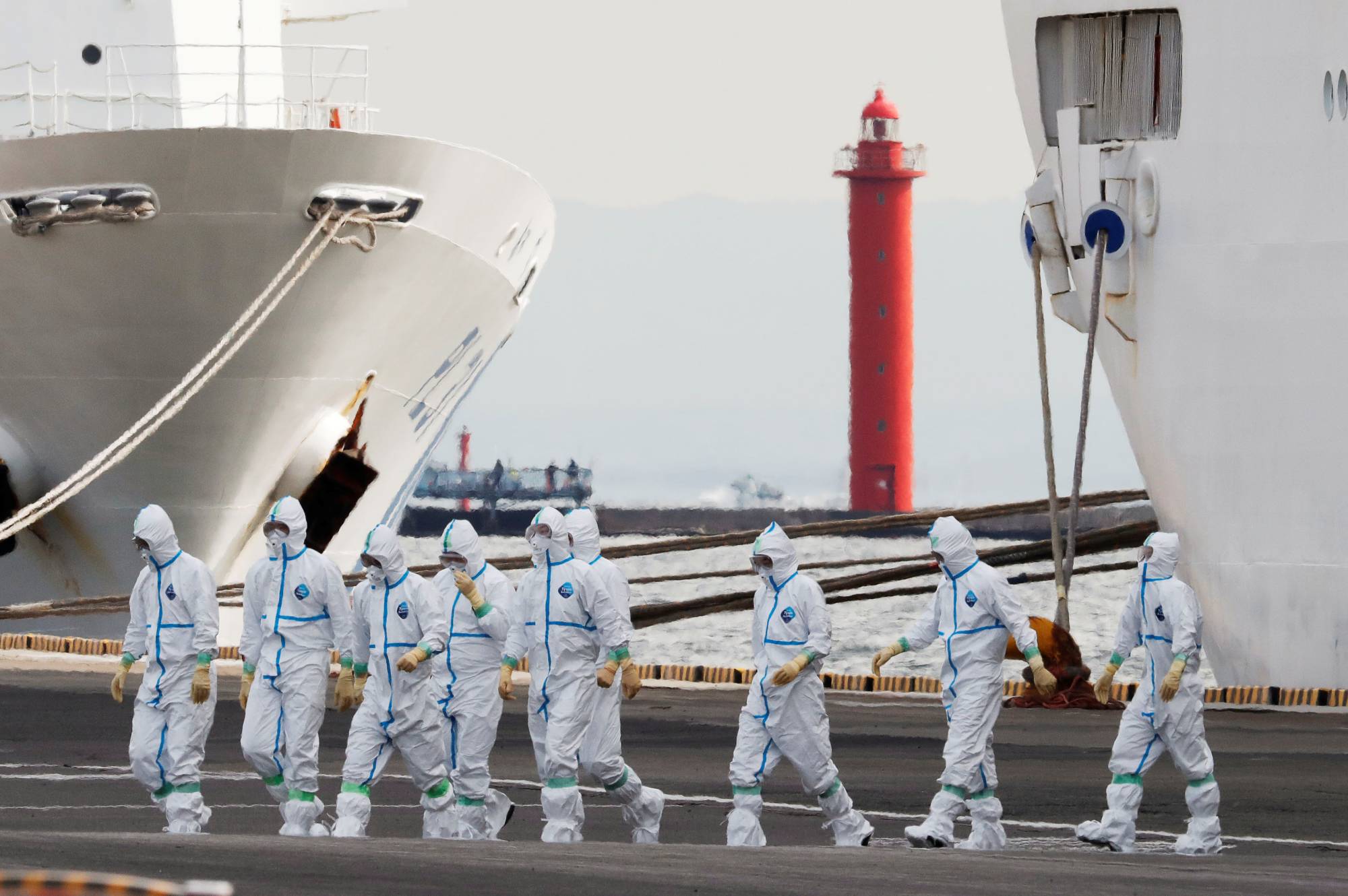On Jan. 1, the world total of coronavirus cases was 83,748,593 and deaths 1,824,140. Japan’s corresponding figures were 230,304 and 3,414. Unusually, in Japan the disease killed more people in autumn-winter than spring. Still, for balance and perspective it’s worth noting that more Japanese died from 25 other causes in 2020. COVID-19 accounted for only 0.3% of all deaths. There were seven times as many suicides and 40 times as many flu and pneumonia deaths. Japan was also one of the few countries without excess mortality caused by COVID-19.
Japan attracted world notice for neither imposing a lockdown nor obsessively testing asymptomatic people. As Tomoya Saito put it in these pages, “Encouraging people with mild or no symptoms to take PCR tests would have revealed nothing but resulted in isolating false-positive cases.” The Stringency Index has been developed by Oxford University’s Blavatnik School in collaboration with Our World in Data to gauge the strictness of nine lockdown measures including school and workplace closures and travel bans, with 100 being the most strict. Japan’s index stayed below 50 until Dec. 8, whereas all its G7 partners have mostly stayed above 50.
This situation created a pandemic of fear about the threat of a tsunami of COVID-19 deaths that would ravage Japan. Early last year, the cruise ship Diamond Princess docked in Yokohama. With more than 700 of the 3,711 people on board infected and 14 dead, Japan was feared to be the scene of the next big outbreak of the virus. Kentaro Iwata, an infectious diseases expert at Kobe University, described the ship as a “COVID-19 mill.” An article in The Washington Post on Feb. 20 said Japan’s response to the ship was “completely inadequate,” and this paper reported on May 10 that 57% of Japanese were unhappy with the coronavirus response.

















With your current subscription plan you can comment on stories. However, before writing your first comment, please create a display name in the Profile section of your subscriber account page.